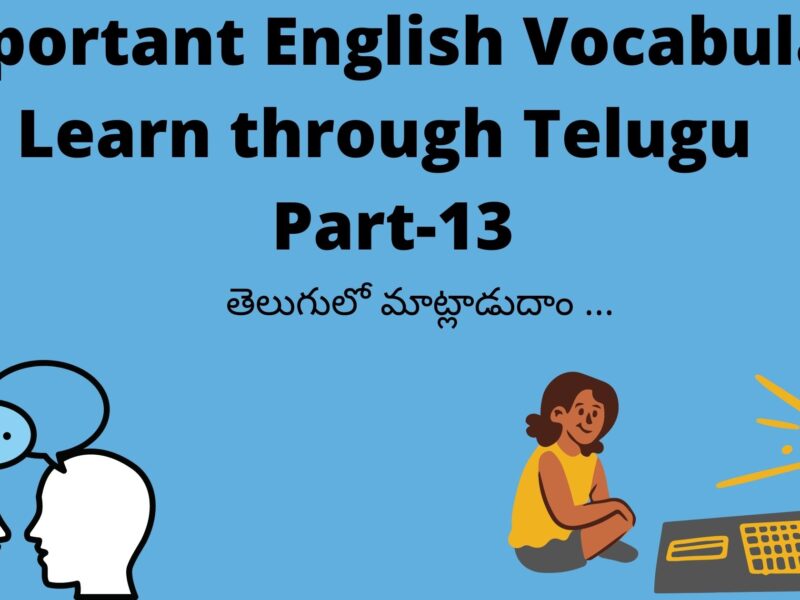

#30 ENGLISH DIALOGES FOR DIARLY LIFE DRIVERS#
In a stage play, dialogue and action are the two drivers of story. Why is the information you are writing in a scene given as dialogue? Knowing the purpose of dialogue (and writing dialogue that feels purpose-driven) is useful to ensure that every spoken line counts. Subtext adds depth and complexity to dialogue, strata of the said and unsaid.

The subtext will inform what language they will use (and this language would be different to someone ecstatic with their employee’s performance).
#30 ENGLISH DIALOGES FOR DIARLY LIFE TRIAL#
Subtext in dialogue is the underlying meaning, motivation or feeling behind the words characters speak.įor example, a boss starts a casual conversation with a new employee but the subtext is that they’re having regrets at hiring the person and trying to come to a decision on whether to terminate in the trial period. Nobody whispers to each other standing next to Niagara falls (if they want to be heard). In the middle of a bank heist, people may be curt, decisive (of course, inept thieves could wax lyrical and by talking too much make rookie mistakes).Įither way, context will inform how readers make sense of your dialogue, and helps to fill dialogue with tone and mood. Speech and action in this context may reflect rapid decision-making, keeping pace. For example, in a frenzied car chase, the squeal of tires may drown out the exchange here or there. Context for dialogueĮffective dialogue involves its context. In these cases, it should be contextually or otherwise clear why characters aren’t properly responding to each other’s speech (the dialogue should not read or sound like random non sequiturs, each person’s utterances totally disconnected for no clear reason). There may be cause for them to interrupt, speak over, speak at cross purposes. There may be instances where your dialogue’s subtext or context (more on these below) calls for characters not to actively listen to one another, of course. In a true conversation, people hear one another, respond. When somebody is engaged in ‘active listening’, they aren’t just waiting for their turn to speak. There are several terms in dialogue worth knowing as they crop up often in discussing this element of writing craft: Active listening: Dialogue is (usually) responsive



 0 kommentar(er)
0 kommentar(er)
